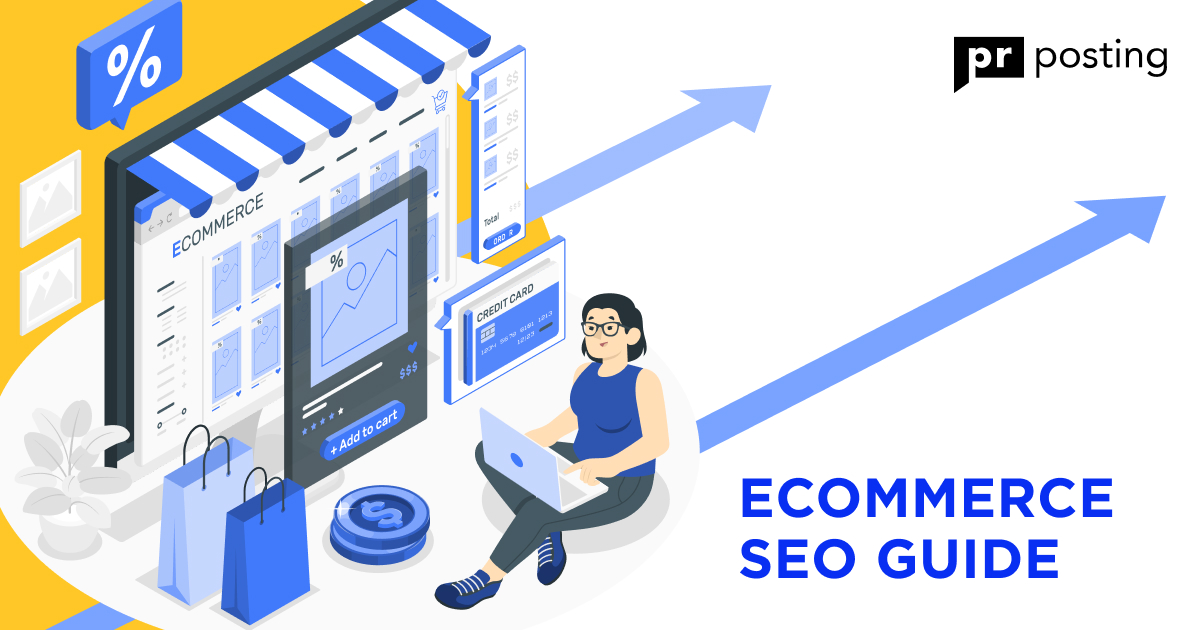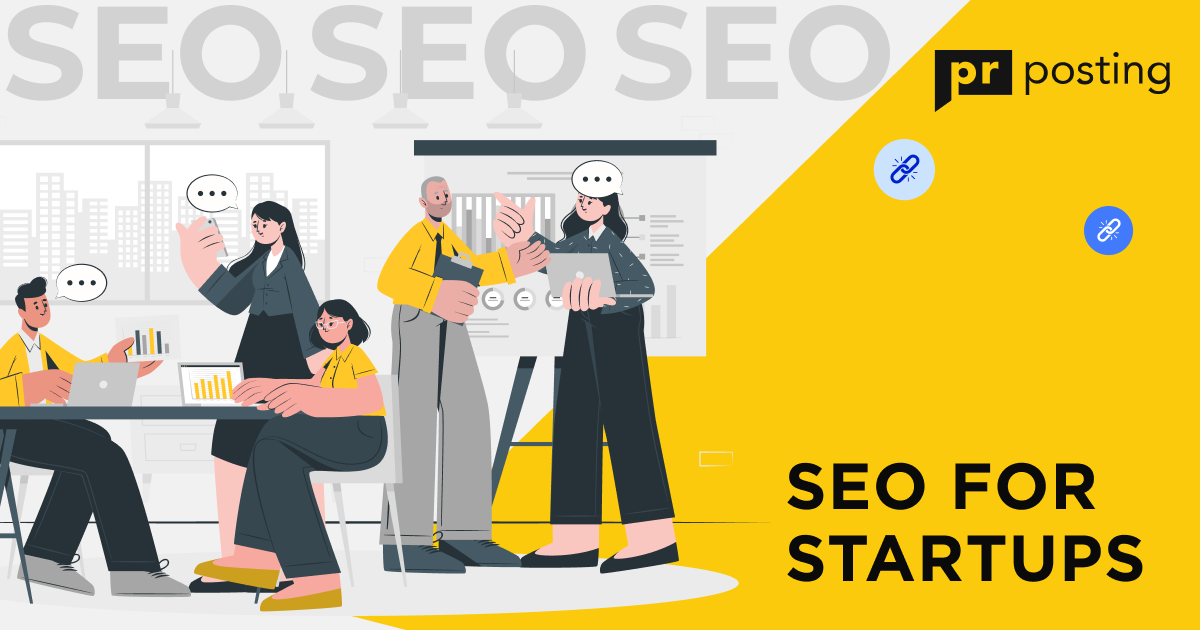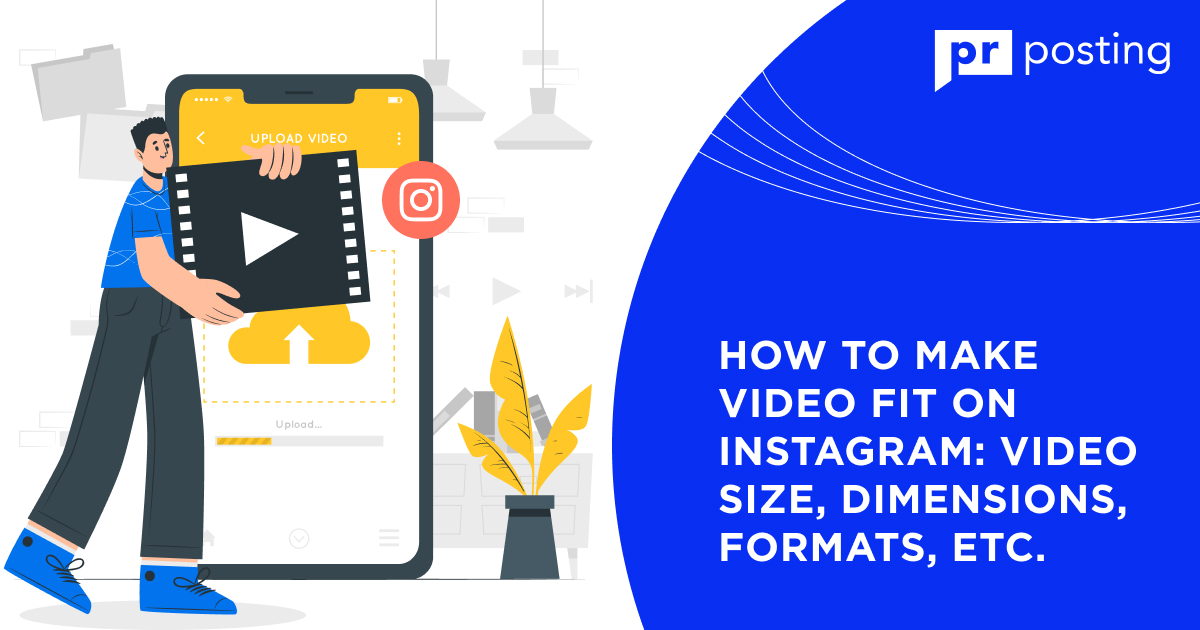Ecommerce SEO Guide

Meanwhile, SEO is a longer-term strategy that requires a bit more effort and time, yet it continues to work for your project even when you cease actively managing it. It’s optimal to combine both tools: paid advertising and SEO measures. In doing so, you can ensure uninterrupted interaction with customers for your online business.
E-commerce SEO ensures that your products will be visible when users search for relevant keywords. By optimizing product names, descriptions, and other elements on the page, you’re not just attracting traffic — you’re attracting the right type of traffic, ready to make a purchase. Unlike general SEO, which focuses on overall website optimization, e-commerce SEO fine-tunes the nuances of individual product listings and their corresponding categories.
You’ll need to work on the page of each product, optimize images and descriptions, create user-friendly navigation, add useful product reviews, feedback from real customers, a system of filters, and search. All these efforts yield results in the form of additional traffic coming to your site and converting into revenue for your company. SEO for e-commerce consists of several aspects, so it’s worth considering each of these steps separately.
Technical SEO for E-commerce
Technical SEO optimization for an e-commerce website involves working on all technical aspects of the site to ensure its quality performance, helping to:
- enable customers to interact with all pages, tools, and features easily;
- ensure proper indexing of each page and its published content by search engines;
- facilitate logical and proper platform development by adding new sections or products;
- technical optimization includes tasks related to site architecture, loading speed, and the quality of display across different browsers and devices. Additionally, non-functional links are fixed during the technical work, and the site structure becomes user-friendly and intuitive for every user.
Among other technical aspects, this spectrum of work also includes creating short and relevant URLs and adding meta-tags such as titles and descriptions for each page.
Keyword Research for E-commerce Websites
People come to your site by entering specific queries into search engines. If your content aligns with these queries, you will appear in search results and receive consistent traffic. Therefore, it’s crucial to choose keywords that allow your target audience to find you.
For e-commerce, keyword research focuses on the main categories of products and items your company offers to consumers. By selecting keywords for promotion, you choose general ones that reflect the overall theme of the site, as well as specific ones for site sections. If these sections are divided into smaller subcategories, it’s also necessary to identify low-frequency but relevant search phrases for those pages. These keywords should be used in titles, meta-descriptions, and product information — across all types of content used in each case. Keywords can also relate to brands, sizes, colors, and other features of your product.
To find relevant keywords, you can use professional SEO tools, including:
- Google Keyword Planner
- SEMrush
- Ahrefs
You can also analyze product reviews to understand which keywords your target audience uses.
On-Page SEO for E-commerce Sites
On-page SEO is closely intertwined with the technical optimization of a website, particularly in terms of optimizing titles, descriptions, and content on each page. Create compelling product descriptions, magnetic headlines, and interesting, useful descriptions for each page. Add alternative text for each image for visibility. Initially designed to present content to visually impaired individuals, alt text has become a crucial optimization factor. Search engines receive additional information about the page content through alt descriptions, making it a significant ranking factor.
Develop engaging and useful content that helps users make choices and decisions about purchases. Additionally, incorporate key phrases into texts and tables on the site.
On-page SEO is something that should be continually worked on: add descriptions, reviews, valuable content for your blog, news, announcements, information about promotional campaigns, etc.
Link-Building Strategies for E-commerce Sites
Link building for e-commerce projects encompasses two main directions:
- Internal linking, promoting convenient site navigation, and assisting search engines in correctly indexing content.
- Acquiring high-quality backlinks, enhancing visibility in search engines, improving the site’s ranking in search results, increasing traffic, and gaining audience loyalty.
To obtain backlinks, you can combine various approaches and methodologies. The strategy of guest posting, collaboration with bloggers, research development, a compilation of rankings and reviews, and unpacking product-related technical recommendations are best suited for e-commerce projects.
You can also participate in industry exhibitions and forums, publish press releases, and engage in socially beneficial projects. Each of these actions will gradually bring you quality organic links, and brand recognition will steadily increase. Keep in mind that quality should prevail over quantity. It’s better to obtain one link from a high-authority resource than 10 links from dubious sites.
Content Marketing for E-commerce
To offer your audience high-quality, engaging, and useful content, focus on analyzing your potential consumers. Identify what interests these people, what problems they are trying to solve, how your product specifically helps them, and what other related issues they may have. Uncover these aspects in your publications, thereby improving your rankings in search engines. Experiment with different types of content, create guides, instructions, reviews, useful interviews, etc. Keep an eye on trends and leverage them to promote your products. This way, you gain an understanding of what can captivate people and how to assist them. It would be great if you have your own YouTube channel and social media to repurpose content in different formats and offer people various presentation options, finding the most effective points of contact.
Advanced E-commerce SEO Tips and Best Practices
There are a few more tips and practices you can use to promote your project:
- Optimize your Google My Business listing for each physical location. Ensure that information about your company, including address, phone number, and business hours, is accurate and consistent across all platforms.
- Make sure your e-commerce website is optimized for mobile devices.
- Implement Accelerated Mobile Pages (AMP) to ensure lightning-fast page loading for mobile users.
- Add an FAQ section to each product category page.
- Optimize product images using descriptive alternative text and implement schema markup. This increases the likelihood of your products appearing in visual search results.
So, when you start your e-commerce promotion project, every aspect matters. Follow the trends, look for more organic ways of promotion, and try to offer not only high-quality products but also an equally high-quality website. In this case, your customers will be satisfied and, therefore, will return to you for repeat purchases.
More Like This

SEO for Startups






